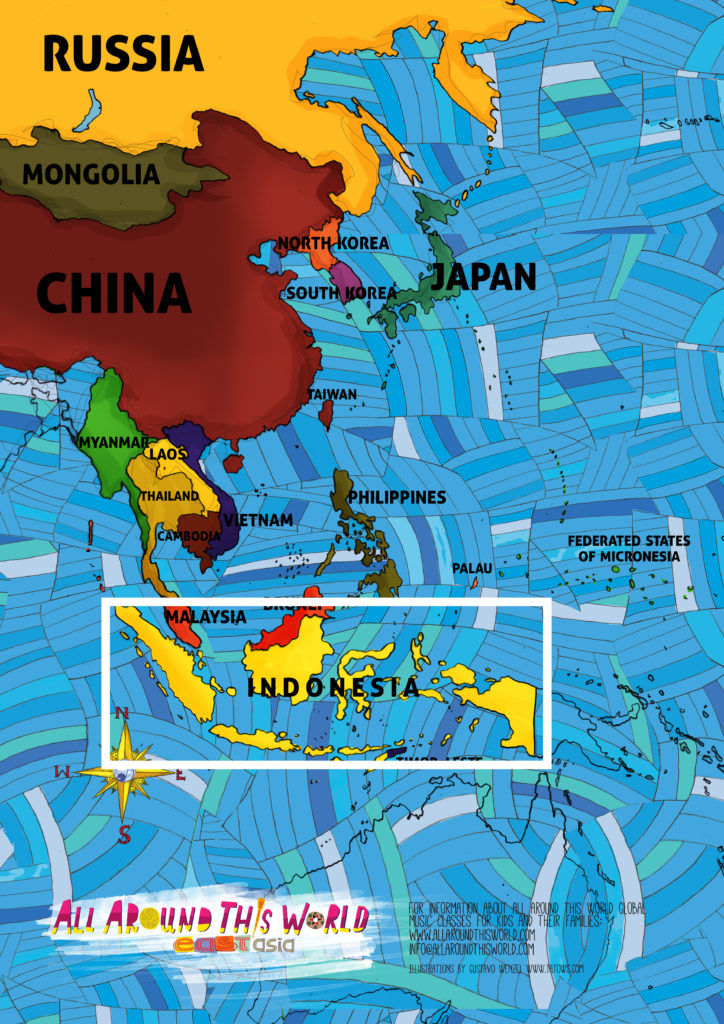The Ramayana Monkey Chant, also known as the Kecak (ketjak), originated as a “trance”/exorcism chant in Bali that only became internationally known after German artist Walter Spies, living in Bali, Indonesia, in the ’30s, helped develop it into a performance depicting a battle described the Ramayana, an ancient Sanskrit epic.
Today the Monkey Chant is a tourist-friendly Balinese spectacle during which over a hundred male performers wearing checked waist cloths, chanting “chak chak chak chak chak!,” gesturing boldly with their arms to act out the tale in which the monkey-like Vanara aids Prince Rama in his fight against evil King Ravana. Whatever the origins of the Ramayana Monkey Chant, it sure is spectacular.


